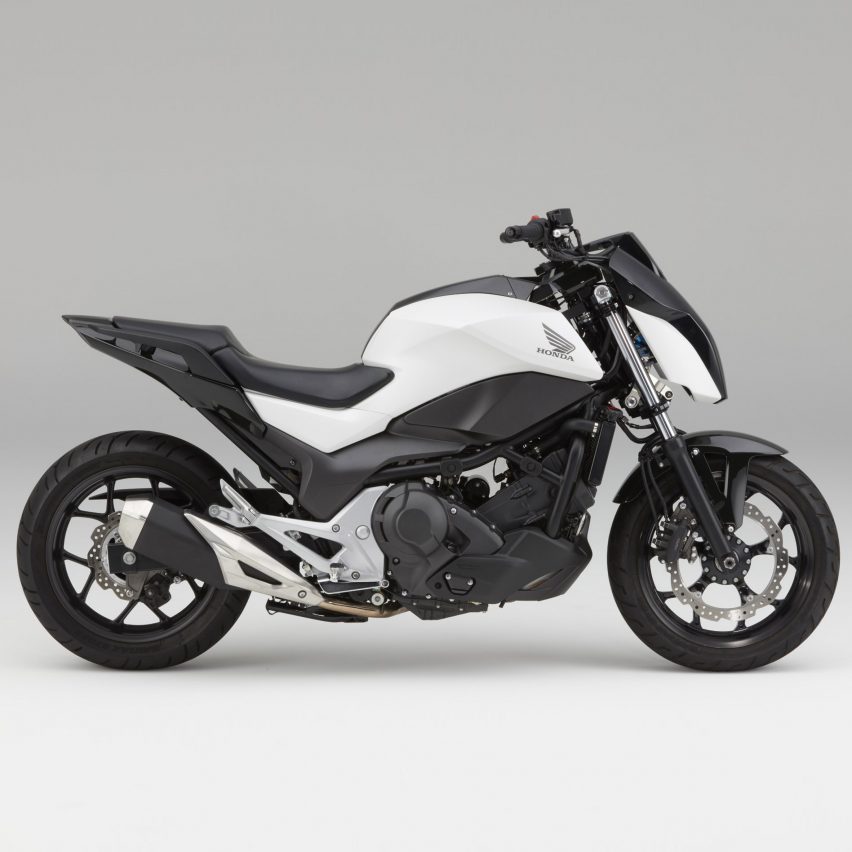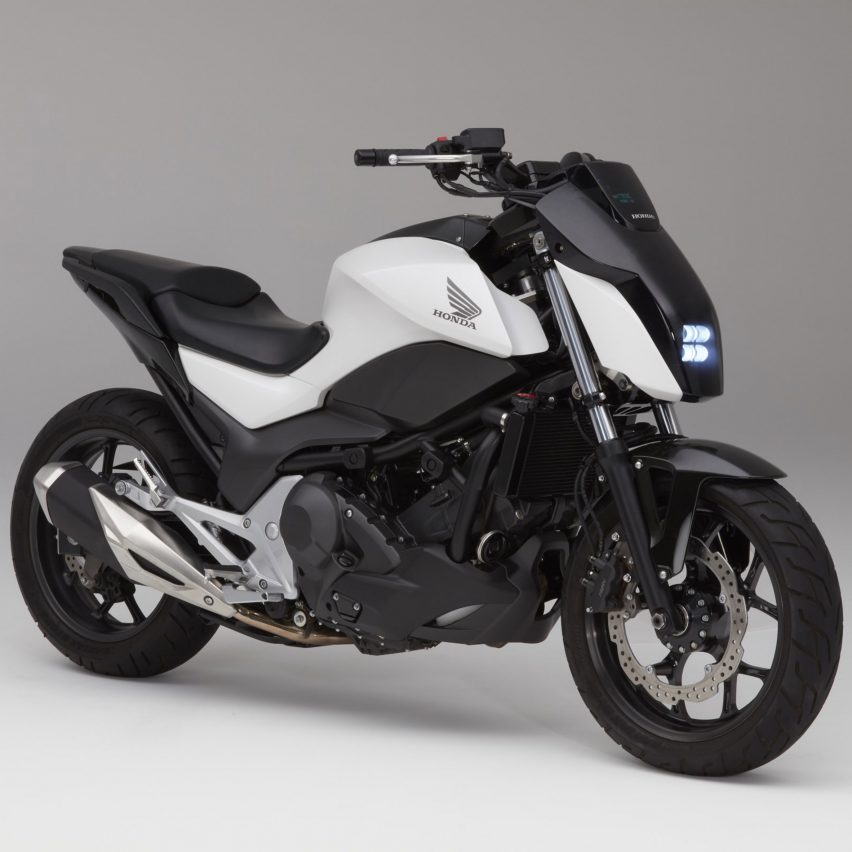Honda unveils self-balancing motorcycle that can drive itself
Honda has revealed a prototype for a motorcycle that can move without being controlled by the rider, and that won't fall over.
The self-stabilising technology, named Moto Riding Assist, was unveiled by Honda during a driverless demonstration at this year's Consumer Electronics Show (CES) in Las Vegas.
The Japanese company says that the technology could greatly reduce accidents in slow-moving traffic, as it lessens the possibility of falling over while the motorcycle is at rest.

Powered by an digital system, the technology disengages the handlebar from the front forks when the motorcycle is travelling at speeds below three miles-per-hour, allowing a computer to take control.
The system can also sense leaning. When it does, it swings the wheel to either side to counteract any tipping. It also adjusts the angles of the front forks, lowering the bike's centre of gravity to improve stability.

"This would be for those who want to relax a little bit and not stress out about falling over, if they're older or a little shorter in stature or the bike is heavier," explained Honda's Lee Edmunds during a demonstration. "This takes away that anxiety."
Although the motorbike is still in the prototype stage, Honda says it has the potential to cut road deaths and improve riding experience.
The technology mirror's that seen in BMW's latest concept motorcycle, which has an inability to fall over – claiming to make "accidents a thing of the past".
Honda's Moto Riding Assist technology was on show at this year's CES in Las Vegas from 5 to 8 January, where the company also presented a ride-sharing concept car with an "emotion engine".
Other vehicle designs on show includes Toyota's Concept-I car that uses artificial intelligence to anticipate its driver's needs, an electric car to rival Tesla's, and a BMW concept car that could receive drone deliveries on the move.